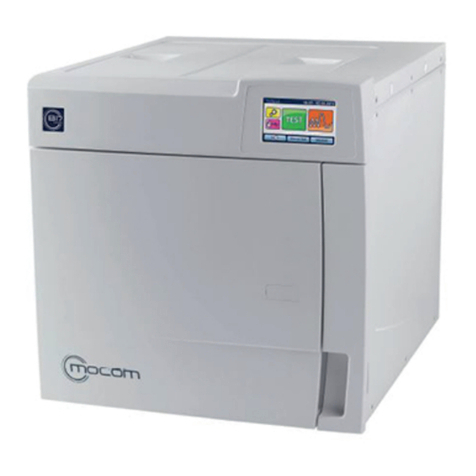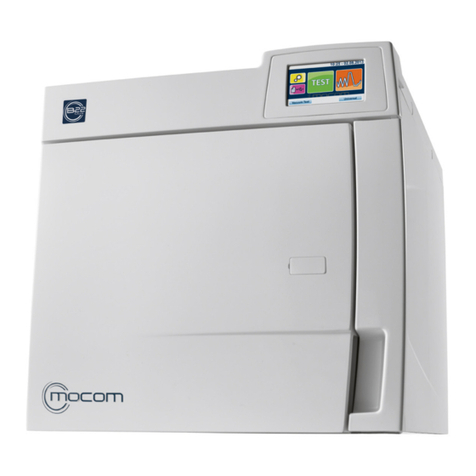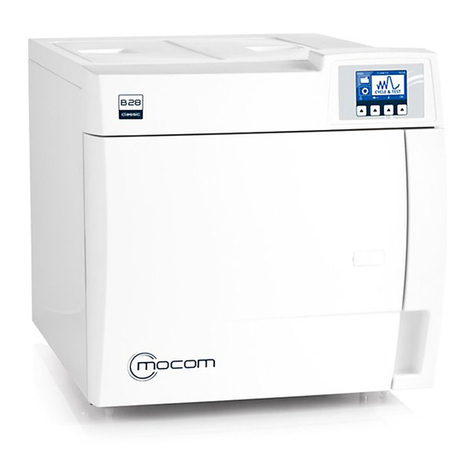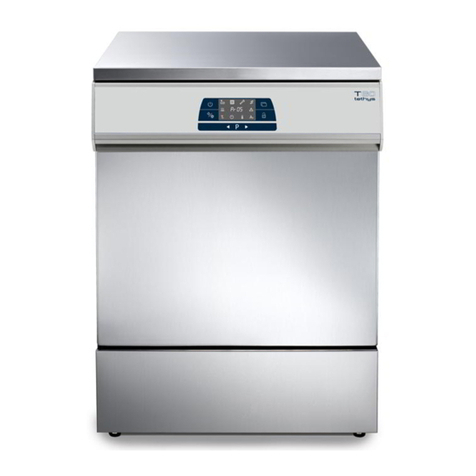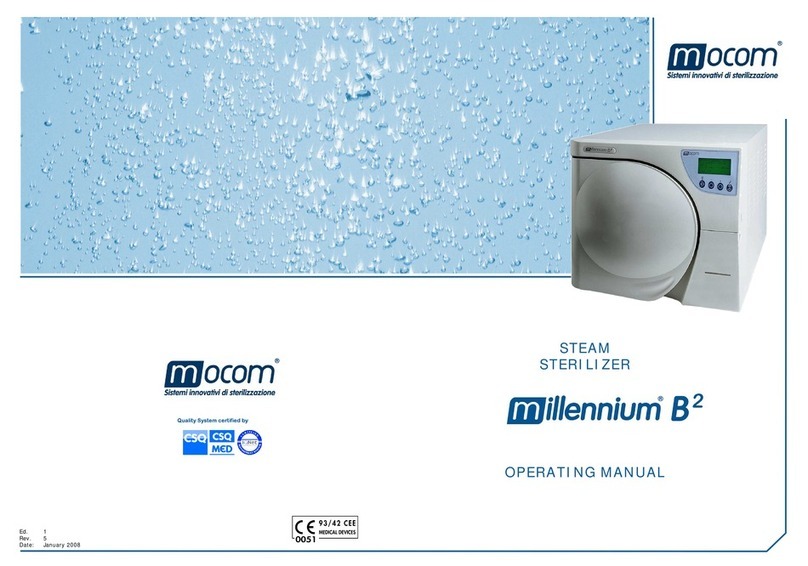
EXACTA
ii
TEMPERATURE DISPLAY................................................................................17
PRESSURE DISPLAY .......................................................................................18
TIMER DISPLAY................................................................................................18
DISTILLED AND USED WATER TANK LEVEL SIGNALLING...........................18
START/STOP KEY ............................................................................................19
CHOOSING A STANDARD STERILISATION PROGRAM.....................................19
CHOOSING A STANDARD DISINFECTING PROGRAM.....................................20
SELECTING THE FAST CYCLE........................................................................21
PROGRAMMING A SPECIAL CYCLE ...............................................................21
DRY OFF KEY...................................................................................................22
ON/OFF KEY AND ALARM LED........................................................................22
AUTO SWITCH OFF..........................................................................................22
SEQUENCE OF A CYCLE..........................................................................................23
STOPPING A CYCLE ........................................................................................24
EMPTYING THE USED WATER TANK......................................................................24
MAINTENANCE
GENERAL...................................................................................................................25
STANDARD MAINTENANCE AND AUTOCLAVE CLEANING....................................25
PREVENTIVE MAINTENANCE...................................................................................26
GASKET AND PORT-LIGHT CLEANING ..........................................................27
OUTER SURFACES CLEANING AND DISINFECTING.....................................27
CHAMBER, HOLDER, AND TRAYS CLEANING...............................................27
BACTERIOLOGICAL FILTER REPLACEMENT.................................................27
CLEANING OF THE DISTILLED WATER TANK ...............................................28
CLEANING OF THE CHAMBER FILTER...........................................................28
SAFETY VALVE MAINTENANCE......................................................................29
GASKET REPLACEMENT.................................................................................29
MECHANICAL PARTS LUBRICATION..............................................................29
VACUUM TEST (VT) .........................................................................................30


